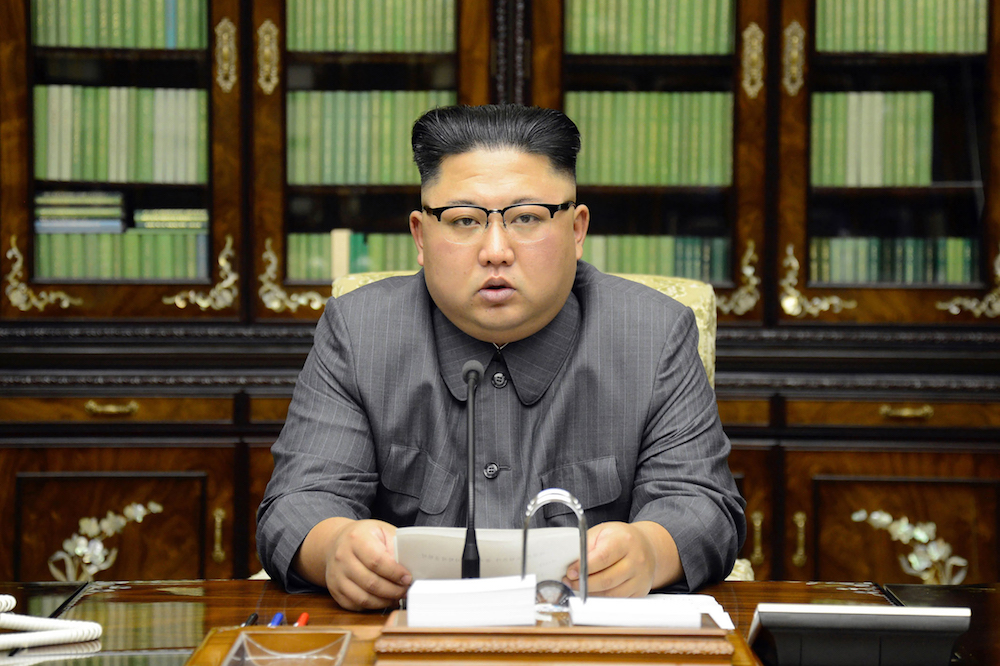Satellite Images Reveal North Korea's Missile Program Is Very Much Alive

North Korea's missile program is still very much alive, according to a report published this weekend.
Experts at the Center for Strategic and International Studies (CSIS), a Washington, D.C., defense and national security think tank, published commercial satellite images showing that a missile base called Sakkanmol remains capable and active. They reported that not only has the base not been dismantled, but that they have identified 13 more just like it, and that the total number could be as high as 20.
This seems to contradict President Donald Trump's Nov. 7 claim that North Korean nuclear talks were proceeding well and producing results.
"We're very happy with how it's going with North Korea," Trump said at a news conference. "We think it's going fine. We're in no rush. We're in no hurry. The sanctions are on. The missiles have stopped. The rockets have stopped. The hostages are home. The great heroes are home." [North Korea: A Hermit Country from Above (Photos)]
(Reports on the ongoing negotiations also dispute this.)
Trump has repeatedly said that his administration's diplomatic efforts have eliminated the danger from North Korea, tweeting after meeting with Kim Jong-un in June that "there is no longer a nuclear threat from North Korea."
North Korea has pushed a similar narrative with the partial (but never completed) public dismantling of its Sohae Satellite Launching Station.
Sign up for the Live Science daily newsletter now
Get the world’s most fascinating discoveries delivered straight to your inbox.
The CSIS report tells a very different story.
North Korean missile bases, according to the authors of the report, are very different from what Americans might imagine. There are no hidden silos with doors swinging open in the middle of a cornfield. There's no central underground bunker where young military officers hunch over computer screens to direct an attack.
Instead, a North Korean missile base is essentially a site for the servicing and maintenance of a hidden fleet of missile and trucks.
North Korean war plans assume, the authors wrote, that enemy warplanes would rapidly overwhelm the small country's airspace and begin hunting its missile fleet. So, the missiles ride around on the backs of trucks through underground tunnels. Those trucks are ready to scatter at a moment's notice onto open roads in the event of a war.
At that point, each truck would drive to a predesignated launch site — usually no more than a suitable flat clearing along the side of the road — fire a missile, and then move on to a second site to fire again.
Sakkanmol, the researchers showed in their satellite photos, is equipped for just this sort of operation. It has buildings for servicing missiles, housing facilities, agricultural buildings and a hidden, protected tunnel complex with seven entrances. Right now, it appears to be equipped with short-range ballistic missiles for targeting South Korea, but it "could easily accommodate more capable medium-range ballistic missiles" to threaten a wider area. The missiles at the site are not necessarily nuclear, but they could be so equipped.
This report follows earlier reporting that North Korea has moved to hide its nuclear weapon development program, rather than to end it.
Originally published on Live Science.










